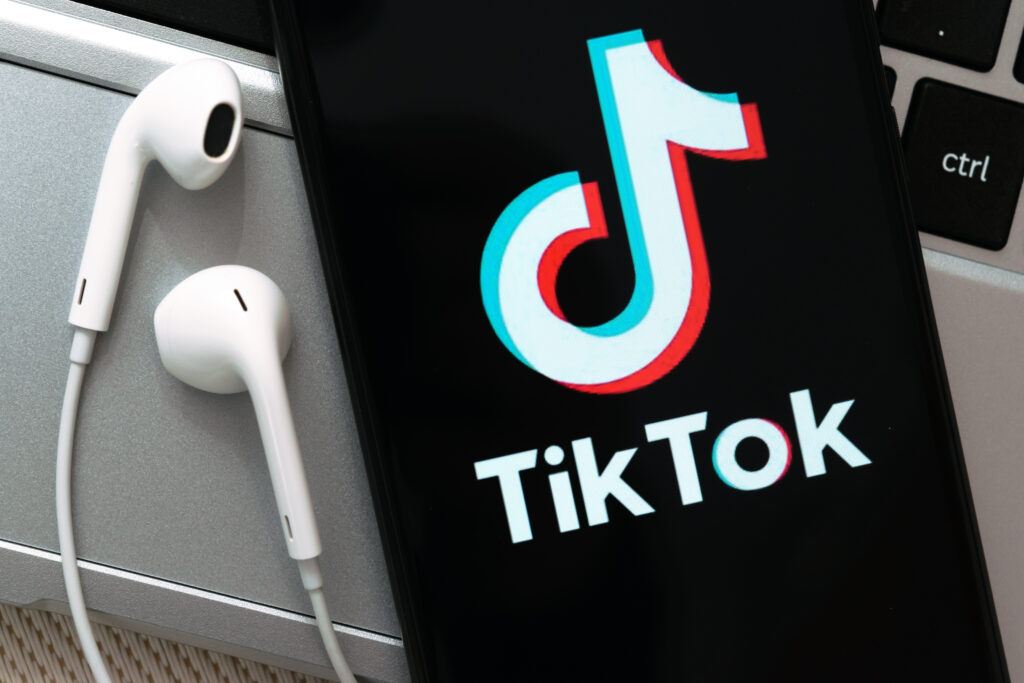The importance of choosing the right marketing channels
In a world where digital footprints are as significant as physical storefronts, the art of selecting the right marketing channels has become paramount for businesses.
Picture yourself navigating a maze, where each turn represents a potential path to connect with your audience. The challenge lies not just in traversing this maze but in choosing the paths that lead to fruitful engagements and conversions. This article sheds light on this crucial decision-making process, guiding you through the nuances of various marketing channels.
Whether you’re a budding entrepreneur or an established business looking to revamp your marketing strategy, understanding how to pick the channels that resonate with your brand and audience is key to unlocking your business’ full potential.
Understanding Your Audience
Why Knowing Your Audience is Essential
Before you dive into the ocean of marketing channels, you must first understand who you’re swimming with. Your target audience is the backbone of your marketing strategy. A well-defined audience profile leads to more tailored and effective marketing efforts. For instance, a HubSpot survey revealed that personalized email campaigns increase click-through rates by 14.31% compared to non-personalized ones. This statistic underscores the importance of understanding who your audience is and what they prefer.
Tips for Effective Audience Research
- Demographic Analysis: Start with the basics – age, location, gender, income level, education, and occupation. These factors can significantly influence buying behaviors and channel preferences.
- Psychographic Profiling: Dive deeper into the lifestyle, values, interests, and attitudes of your audience. This helps in creating content that resonates on a more personal level.
- Social Listening and Engagement Tracking: Monitor social media platforms and online forums to understand the conversations around your industry. Also, track how your audience engages with your current content to identify patterns and preferences.
Understanding Audience Behavior Across Channels
Different audiences gravitate towards different platforms. For instance, a Pew Research Center study found that Instagram is more popular with young adults, with 71% of 18-24-year-olds using the platform, compared to only 10% of adults over 65. This kind of insight helps in selecting the right channels that align with where your audience spends their time.
Evaluating Different Marketing Channels
In the ever-evolving landscape of digital marketing, understanding the plethora of available channels is crucial. Each channel offers unique advantages and can be leveraged differently based on your business needs and audience.
1. Social Media Marketing
- Strengths: Excellent for brand awareness and engagement. Platforms like Facebook and Instagram offer sophisticated targeting options.
- Weaknesses: Can be time-consuming and requires consistent content creation.
- Best for: Brands targeting a younger demographic. Statista reports that 90% of Instagram users are under 35.
2. Email Marketing
- Strengths: Direct communication with customers, high ROI. According to Campaign Monitor, for every $1 spent, email marketing generates $38 in ROI.
- Weaknesses: Risk of being marked as spam, needs compelling content to stand out.
- Best for: Personalized, targeted communication and nurturing leads.
3. Search Engine Optimization (SEO) and Content Marketing
- Strengths: Drives organic traffic, builds long-term brand credibility.
- Weaknesses: Requires time and expertise to see results.
- Best for: Establishing thought leadership and providing value through informative content.
4. Pay-Per-Click Advertising (PPC)
- Strengths: Quick visibility and traffic, measurable results.
- Weaknesses: Can be expensive, and traffic may drop as soon as the campaign ends.
- Best for: Immediate results and targeted campaigns.
5. Influencer Marketing
- Strengths: Leverages the trust influencers have with their followers.
- Weaknesses: Can be costly and effectiveness heavily depends on the influencer’s authenticity.
- Best for: Reaching new audiences and enhancing brand trust.
Each of these channels has its unique place in a marketer’s toolkit. The key is to understand which channels align best with your business objectives and audience preferences.
Aligning Channels with Business Goals
Selecting the right marketing channels is not just about where your audience is; it’s also about aligning these channels with your specific business goals. Each channel can serve different objectives, from brand awareness to lead generation.
1. Brand Awareness
- Ideal Channels: Social media and influencer marketing are powerful for increasing brand visibility. For instance, a Nielsen study revealed that brand recall is 86% higher for social media marketing than for traditional television advertising.
- Application: Use visually engaging content on platforms like Instagram and collaborate with influencers whose followers align with your target audience.
2. Lead Generation
- Ideal Channels: Email marketing and SEO are effective for capturing and nurturing leads. Content marketing, offering valuable resources like e-books or webinars, can entice sign-ups and email subscriptions.
- Application: Develop a content strategy that guides potential customers through the sales funnel, using SEO to attract and email marketing to convert.
3. Sales Conversion
- Ideal Channels: PPC advertising and targeted email campaigns. Google reports that search ads can increase brand awareness by 80%.
- Application: Create targeted ad campaigns for high-intent keywords and personalized email sequences for leads close to making a purchase.
4. Customer Retention
- Ideal Channels: Email marketing and content marketing. Regular, valuable communication keeps your brand top-of-mind.
- Application: Implement a loyalty program communicated through email and provide exclusive content or offers to existing customers.
By aligning your marketing channels with your business goals, you ensure that every effort contributes meaningfully to your overall strategy.
Monitoring and Adjusting Strategies
The landscape of digital marketing is constantly shifting, making it vital to monitor the performance of your chosen channels and remain flexible in your strategy.
The Role of Analytics
Analytics play a crucial role in understanding the impact of your marketing efforts. Tools like Google Analytics provide insights into website traffic, user behavior, and campaign performance, enabling you to make data-driven decisions. For instance, tracking the conversion rate from different channels helps identify which are most effective in achieving your goals.
Adapting to Performance Data
- Regular Review: Schedule monthly reviews of your marketing channel performance. Look for trends, such as an increase in traffic from a particular source or a high engagement rate on a specific type of content.
- Testing and Optimization: Implement A/B testing for your campaigns to determine what resonates best with your audience. This could involve testing different email subject lines, ad copy, or landing page designs.
- Responsive Adjustments: Be ready to shift resources to the most effective channels. For example, if you notice a higher ROI from your email marketing efforts compared to social media ads, consider reallocating some of your budget accordingly.
By consistently monitoring and adjusting your strategies, you can ensure that your marketing efforts are as effective and efficient as possible.
Conclusion
In the intricate dance of digital marketing, choosing the right channels is not just a tactical decision but a strategic imperative. From understanding your audience to aligning channels with your business goals, each step is a piece of a larger puzzle. Remember, the effectiveness of marketing channels evolves with consumer behaviors and technological advancements. Therefore, staying informed and adaptable is key.
As you embark on or refine your marketing journey, let data guide your decisions, but also trust your insights into your unique audience and business needs. In doing so, you’ll not only navigate the marketing maze with confidence but also connect with your audience in meaningful and impactful ways.



